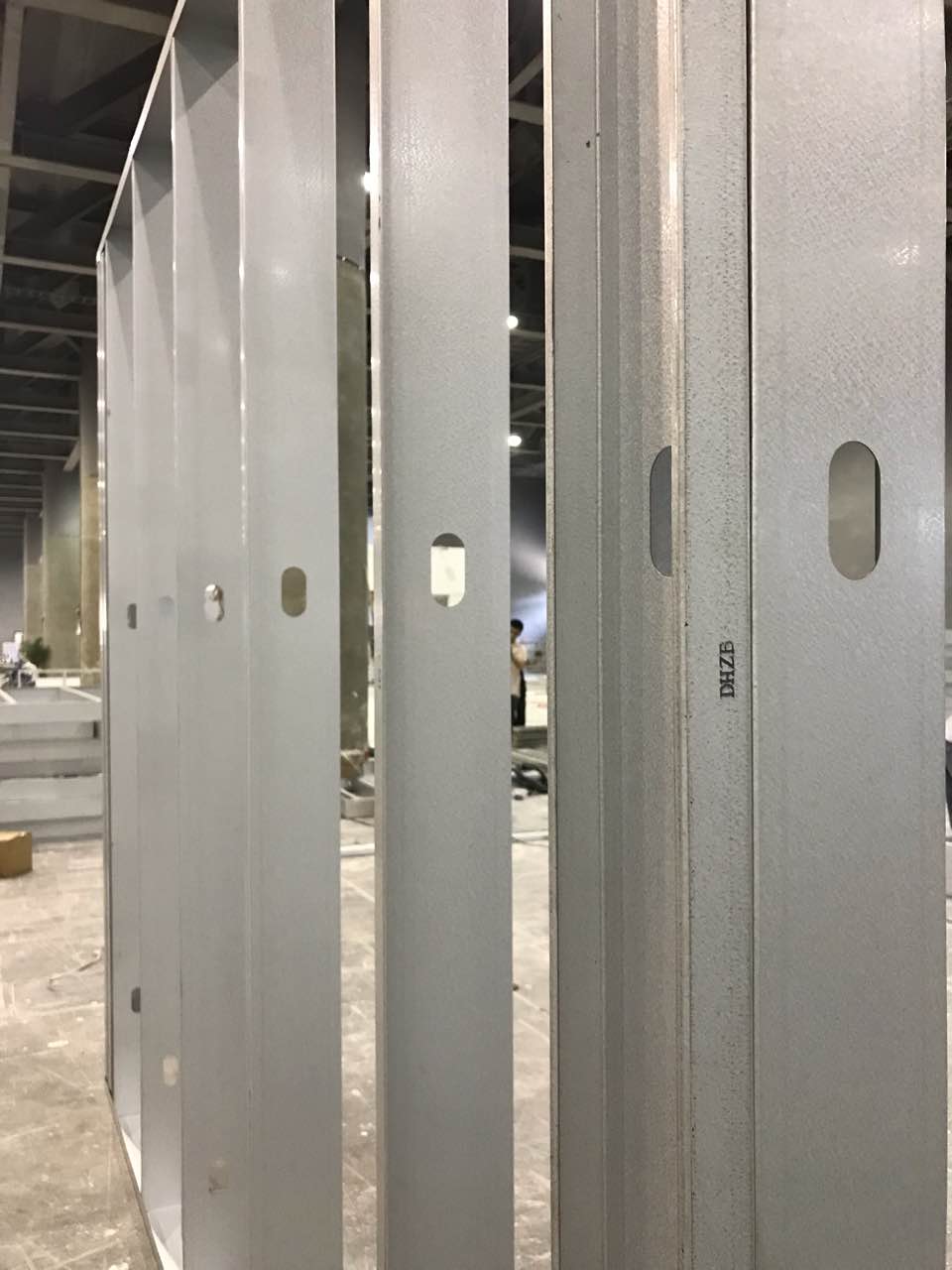WHAT MAKES UP THE PRICE OF STEEL?
Steel is made up of iron and other metal and non-metal components that are considered commodities. Commodity prices tend to be based largely on supply and demand; the higher the demand, the lower the supply, the higher the price. And vice versa.
This means the price of those components depends not only on the price buyers are paying today but the price they are predicted to pay in the future. Since the price of these components is based partly on guesswork, prices are volatile and shift constantly.
This is only one of the elements in play for the price of steel. Another is the amount of steel available for recycling which is dependent on the amount of steel already used in infrastructure.
WHAT IS STEEL MADE OF?
The type of steel determines the final make-up but most steel contains:
Iron
Carbon
Manganese
Phosphorus
Sulfur
Silicon
Nickel
Chromium
Iron, having been around as a market for some time probably has the most mature pricing practices, meaning that trading, buying, and selling this base metal has become more price-stable. Most base metals are bought and sold under forward and option contracts and made more efficient through electronic trading.
The rest of the components are either present because they are not purified out of iron ore or to provide various properties to the steel alloy such as mitigating oxidation and adding strength. Some of the metal components are now in demand for other uses in our high tech society which may impact their price.
THE METAL MARKETS
Over the years services have grown up around the sale of metal. These services provide price research, reporting, and consulting for the individual metals as well as the alloys made from them. Much of the work is done for base metals (iron, copper, zinc, nickel, and lead) but more services have become available for minor metals and rare earth elements.
There are two major metal markets:
LME: London Metal Exchange
COMEX: New York Mercantile Commodity Exchange
These exchanges along with online trading exchanges, advanced and spot contracts, and basic cash exchanges are where price is determined. These exchanges have gathered information for decades allowing for better research and predictions. This gives mature metal markets less price volatility than those for newer markets.
STEEL PRICING
Steel is actually a less traded commodity than most base metals and some finished components. This is due to the differing user requirements. Steel is created in a variety of grades and forms making market price standardization difficult. Within the past few years standard grades have become more common and are now offered for contract to the exchanges, making steel pricing a bit more stable.
This is just part of the story for steel pricing. Prices also depend on the presence of available recycled steel. Steel is one of the most ubiquitous and recycled metals available reaching recycling rates of up to 60%. Availability is dependent on the steel already present in a country’s infrastructure.
For countries with a large portion of infrastructure already created with steel, when the infrastructure is replaced steel becomes available for recycle. Other countries with less modern infrastructure, such as China, there is little to no steel in the existing buildings and structures so the steel price is more highly dependent on newly forged steel.
There you have it, a brief tutorial on what goes into the price of steel. As a major element in construction and metal buildings, this should help you determine your budget and gain an appreciation for the most common metal found in today’s buildings and roads.
Tag:
cold roll forming machine purlin machine for sale light steel roll forming machine roof wall panel roll forming machine


